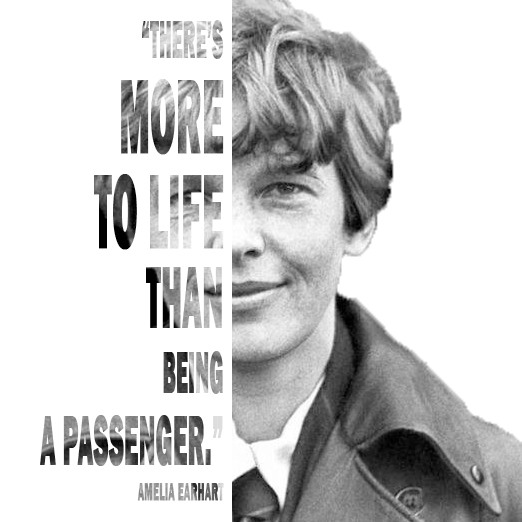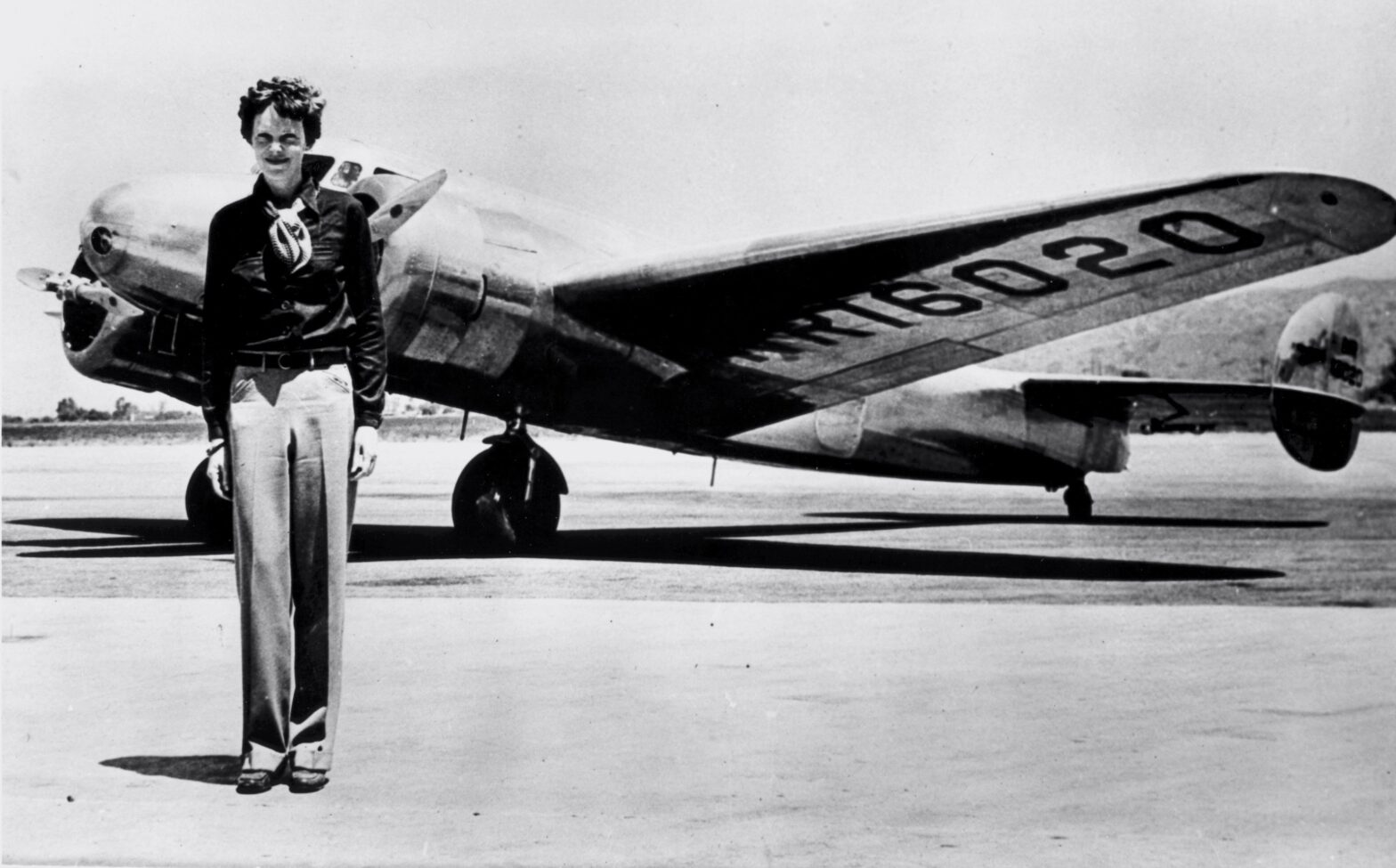On July 24, 1897, in Atchison, Kansas, a baby girl was born who would grow up chasing horizons. Her name was Amelia Mary Earhart.
As a child, she climbed trees, shot rats with a rifle, and built makeshift roller coasters in her backyard. She wasn’t afraid of falling — she was fascinated by flying.
“Never interrupt someone doing what you said couldn’t be done.”
The First Spark
In 1920, at a California airfield, Amelia paid ten dollars for a short plane ride. The moment the aircraft lifted from the ground, she knew her life had changed.
“As soon as I left the ground, I knew I myself had to fly.”
She took lessons from female aviator Neta Snook, worked odd jobs to pay for them, and soon bought her own second-hand plane, painted bright yellow. She named it The Canary.
Into the History Books
In 1928, Amelia was invited to join a transatlantic flight as a passenger — the first woman to cross the Atlantic by air. Though she didn’t pilot the plane, the achievement made her an international celebrity. She was called “Lady Lindy,” after Charles Lindbergh.
But Amelia wasn’t content to be a passenger. She wanted to command.
The Atlantic, Alone
On May 20, 1932, Amelia took off from Newfoundland in her red Lockheed Vega. Fourteen hours later, battered by storms, low on fuel, she landed in a pasture in Ireland.
She had become the first woman to fly solo across the Atlantic.
“The most difficult thing is the decision to act. The rest is merely tenacity.”
She was celebrated with awards from President Hoover and King George VI, but more than fame, Amelia saw her flights as proof that women could achieve what men had claimed for themselves.
Beyond the Horizon
Amelia kept pushing boundaries. She set speed records, altitude records, and in 1935 became the first person to fly solo from Hawaii to California.
She wrote books, gave lectures, and advocated for women in aviation, urging them to claim their place in the skies.
“Women, like men, should try to do the impossible. And when they fail, their failure should be a challenge to others.”
The Final Flight
In 1937, Amelia Earhart set out to circle the globe with navigator Fred Noonan in a twin-engine Lockheed Electra. By July, they had completed most of the journey.
On July 2, 1937, while attempting to reach Howland Island in the Pacific, their radio signals faded. The plane vanished into the ocean. Despite one of the largest search operations in history, Amelia and Fred were never found.
“Adventure is worthwhile in itself.”
The Legacy of Amelia
Amelia Earhart’s body was lost, but her spirit became immortal. She remains one of the most enduring icons of courage, independence, and adventure. Her life was not about guarantees but about the daring to try.
“Never do things others can do and will do, if there are things others cannot do or will not do.”

“The more one does and sees and feels, the more one is able to do, and the more genuine may be one’s appreciation of fundamental things like home, and love, and understanding companionship.”
“Never let the fear of time lost stop you from pursuing your dreams.”
“Everyone has oceans to fly, if they have the heart to do it. Is it reckless? Maybe. But what do dreams know of boundaries?”
“The stars seemed near enough to touch, and never before have I seen so many. I always believed the lure of flying is the lure of beauty.”
